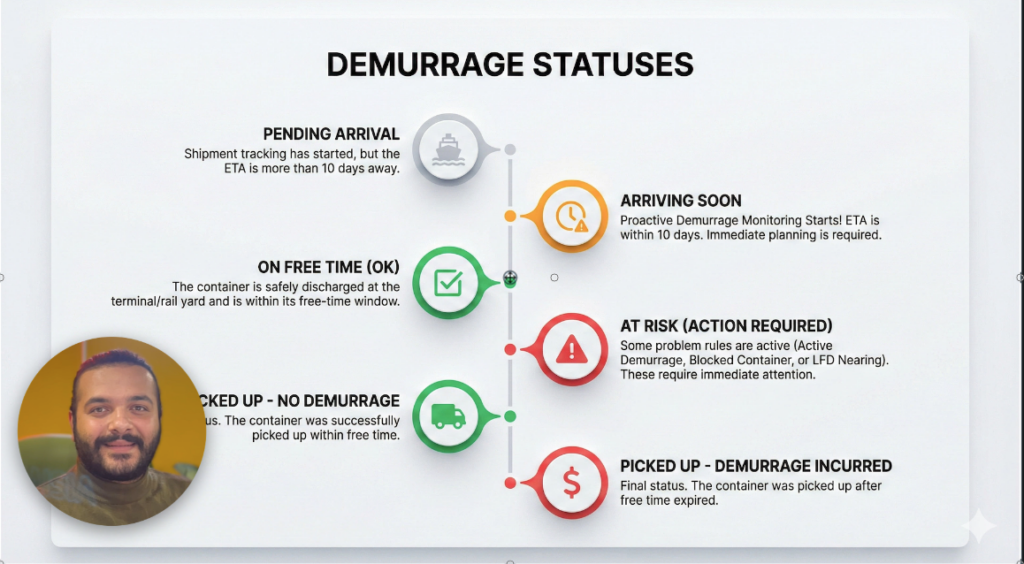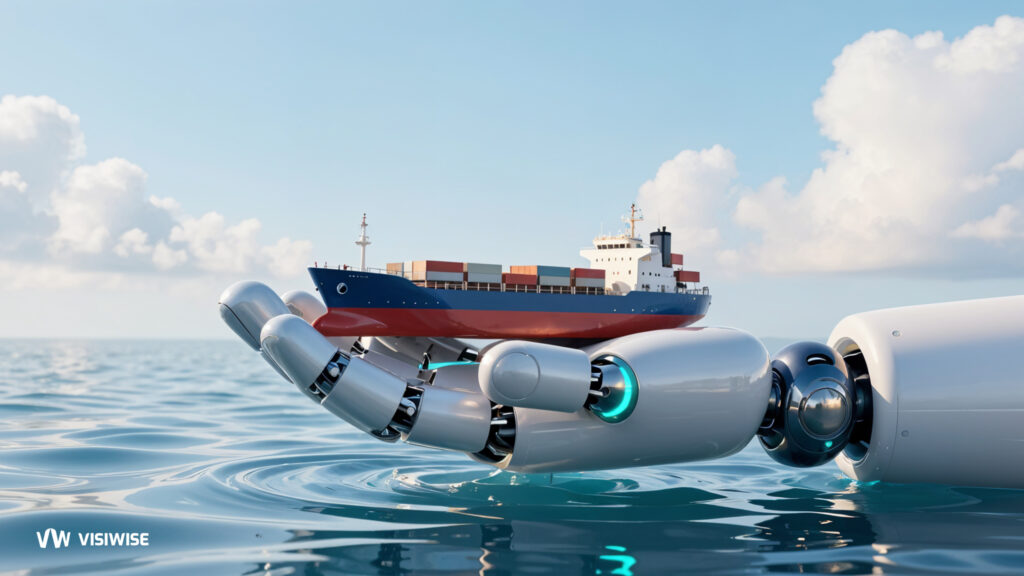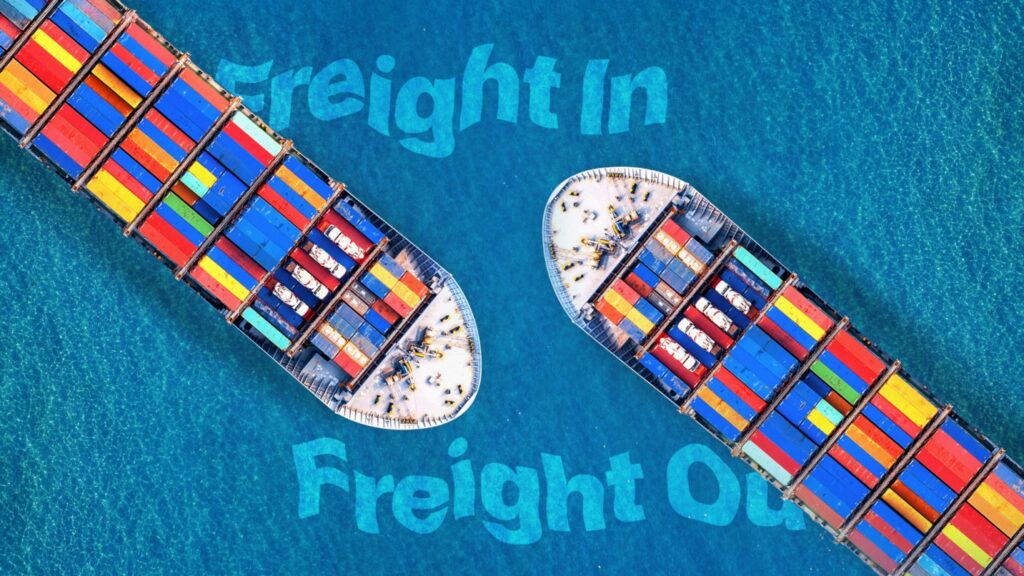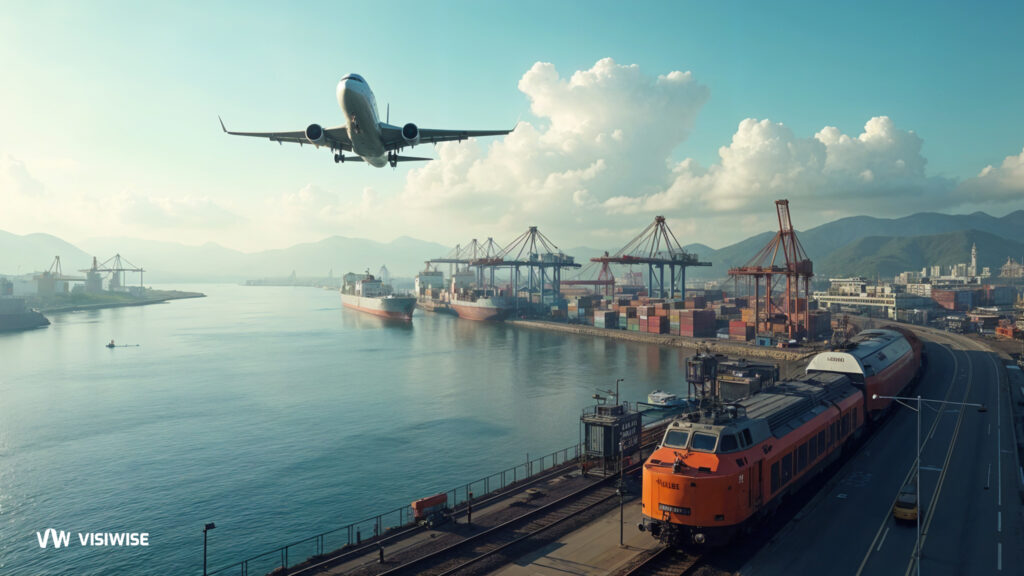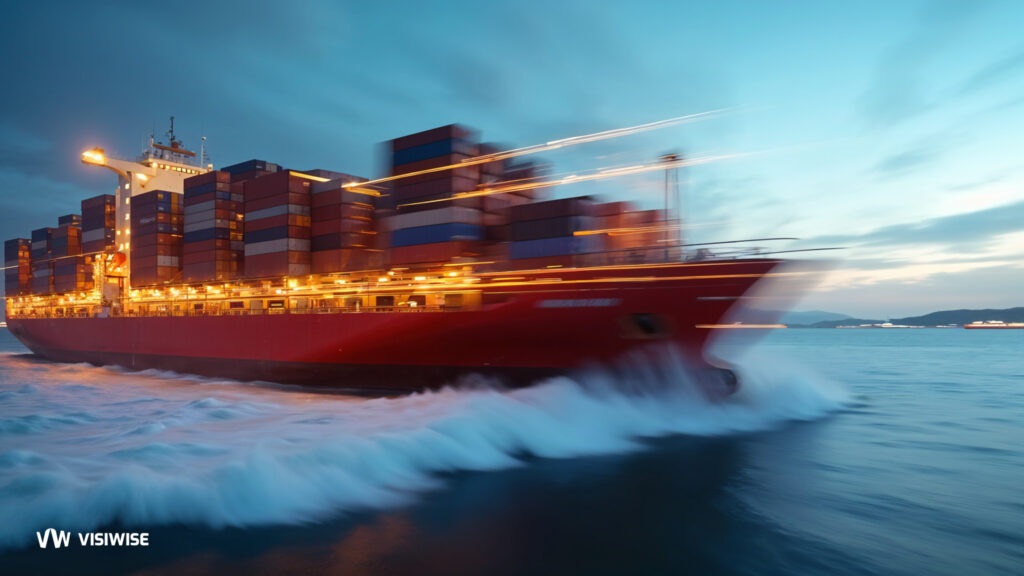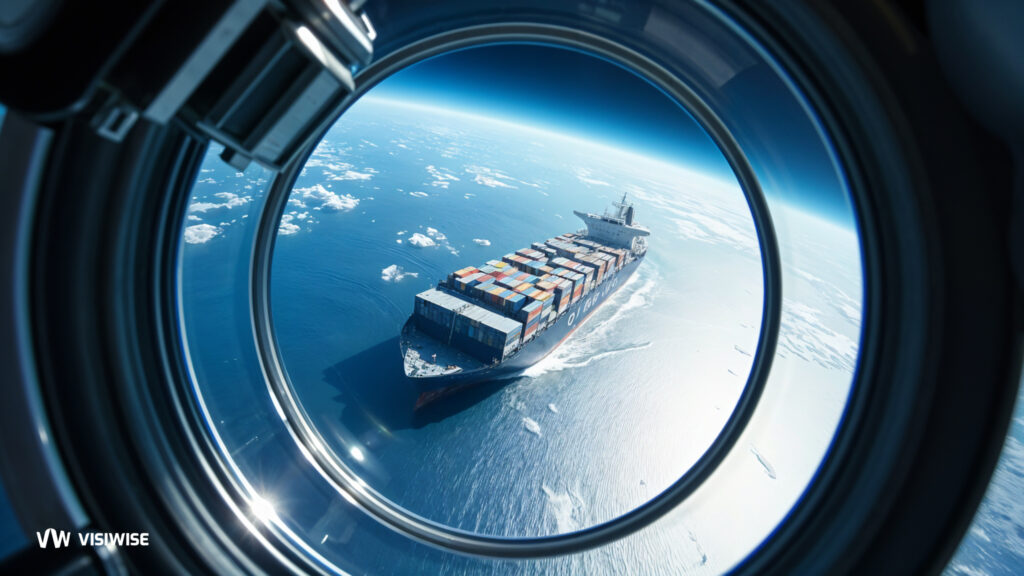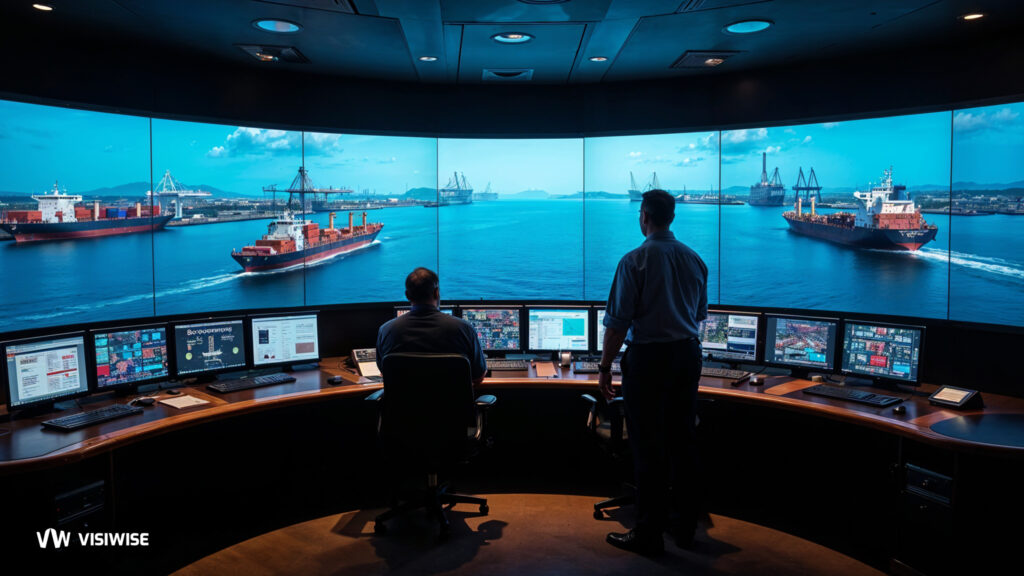The Transformative Power of AI in Supply Chain Management: A Comprehensive Study
Artificial intelligence is reshaping supply chain management by improving visibility, prediction, and intelligent decision-making across forecasting, inventory, logistics, and supplier risk. This article provides a comprehensive overview of AI applications in the supply chain, examines emerging opportunities such as autonomous orchestration and circular-economy models, and discusses key challenges including data quality, transparency, and organizational readiness.
The Rise of Artificial Intelligence in Global Logistics: Current Realities, Emerging Opportunities & The Future of Smart Supply Chains
Artificial Intelligence is reshaping global logistics faster than any technology before it. From real-time route optimization to predictive demand planning and automated warehouses, AI now sits at the center of modern supply chains. In this article, we break down what’s happening today, the emerging opportunities ahead, and how AI is redefining the future of smart, efficient, and resilient logistics operations.
Supply Chain Monitoring: Strategies, Indicators, and Tools for Enhanced Efficiency
supply chain monitoring is a key function of any good business. In this post, we are going to explore what supply chain monitoring is, reasons why you need it, and how businesses are using supply chain monitoring to improve their operations
Freight In vs. Freight Out: Understanding Key Differences in Shipping Costs
Freight charges, freight out charges, recording these charges, difference between freight out and freight in, an example, some related terms are discussed in this article.
Understanding Multimodal Transportation: Key Benefits, Challenges, and Real-World Examples
This article explores the concept of multimodal transportation, its advantages, challenges, and real-world applications.
Understanding Expedited Shipping: A Comprehensive Guide
When it comes to shipping, customers have two main priorities: speed and reliability. Expedited shipping has grown in popularity because it addresses both needs, offering faster delivery times and dependable service. In this blog post, we’ll dive into what expedited shipping is, why it’s in high demand, and how your business can implement it to meet customer expectations while staying profitable. Whether you’re an e-commerce retailer or a service provider, understanding expedited shipping can help you build trust, improve customer satisfaction, and gain a competitive edge.
The World’s Largest Container Ships: Giants of the Sea
At the center of this transformation are container ships, vessels designed to carry large quantities of cargo in standardized containers. These ships come in various sizes, but the largest, known as “mega container ships,” have become true giants of the sea, capable of transporting thousands of containers at a time.
Understanding Transportation and Logistics Management: Key Components and Strategies
This article delves into the core principles of transportation and logistics management, emphasizing its critical role and presenting actionable strategies for improving operational efficiency.
Troubleshooting USPS Tracking: What to Do When Updates Stall
This blog will explore the reasons why USPS tracking may not update and offer practical solutions to help resolve the issue when it arises.
Lost Your USPS Tracking Number? Here’s What to Do Next
we’ve outlined a comprehensive guide to help you navigate this challenge, offering tips to retrieve your tracking number, alternative ways to track your package, and how to prevent such mishaps in the future.
Freight payment process: step by step guide by Visiwise
This guide unpacks the essentials of freight payment, highlighting its importance and exploring innovative solutions to streamline processes, reduce costs, and optimize supply chain operations.
